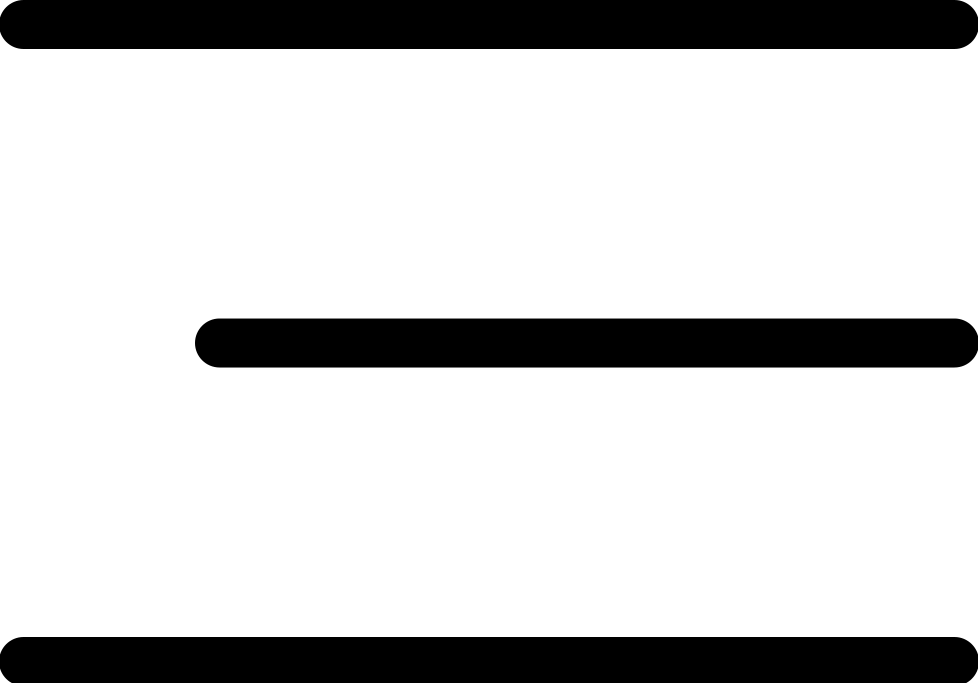In the first of a series of four courses, you will have the opportunity to delve into the fascinating world of cinematography and explore the art of effectively utilizing natural light. This course will equip you with the necessary skills to manipulate light using tools like flags, bounce, and diffusion, allowing you to enhance the visual impact of your scenes. By understanding the pivotal role of a Director of Photography in crafting the lighting, you will gain valuable insights into the filmmaking process.
Unlike traditional studio demonstrations, this course takes a unique approach by unfolding entirely on location. This means that you will not only learn the theoretical aspects of lighting but also gain practical experience in creating exquisite lighting amidst the typical challenges faced in independent film production. From time and weather constraints to equipment limitations and script adherence, this course provides a realistic portrayal of the complexities involved in bringing a film to life.
Throughout this course, you will have the opportunity to witness the blocking, lighting, and shooting of a specially scripted scene inspired by the fantasy web series Ren: The Girl with the Mark. This scene features two actors in elaborate costumes, providing a visually stunning backdrop for your learning experience. Under the expert guidance of experienced Director of Photography Neil Oseman and his team, you will gain valuable insights into the meticulous setup of lighting fixtures.
Neil will demonstrate how to effectively control light using tools such as flags and rags, allowing you to shape the lighting to suit your creative vision. Additionally, you will learn how to make necessary adjustments to accommodate camera movements, ensuring comprehensive coverage of your scenes. Throughout the course, Neil will articulate his actions and rationale, offering you alternative approaches and valuable insights that you can apply to your own film projects.
The course culminates with the presentation of the final edited scene, providing you with the opportunity to witness the ultimate outcome of the lighting process. By observing the transformation from the initial setup to the final result, you will gain a deeper understanding of the impact that lighting can have on the overall visual storytelling.
In conclusion, this course offers a comprehensive exploration of the art of lighting in cinematography. Through practical demonstrations, expert guidance, and valuable insights, you will develop the skills and knowledge necessary to effectively utilize natural light and manipulate it to enhance your scenes. Whether you are an aspiring filmmaker or a seasoned professional, this course is a valuable resource for anyone looking to elevate their cinematography skills.
You can also check out the Other Courses in this comprehensive series:
- Cinematography students
- Camera operators looking to move up to Director of Photography
- Corporate/industrial filmmakers looking to move into drama
- Indie filmmakers looking to increase their production values
- So glad to be your student Neil. This is what I was looking for. I have no words. This was the perfect course for me. I am very grateful, I am confident to be a pro DP now. Highly recommended ~ T Tsephel
- I was confused how to use lighting techniques on set but because of this course I learned a lot from it, how to light with single source and make your composition more better with these lighting techniques that he has taught in this course ~ F Ahmed
- This is an excellent course and I'd happily take another one from this instructor. The format was perfect for teaching lighting, not just the how but also the why. HIGHLY recommend this to others! ~ J Kelsey
- This course is great in detail and explanation ~ J Thanyapanich
- Thank you to Neil and his team for a fantastic course that gives a real insight into the thought process of a cinematographer. If you were expecting this to have the secrets of good cinematography the you need to look elsewhere as Neil gives you the tips and tricks of his approach for your to go out and try on your own set ~ D Baker
- great education, loads of fun and loads of create and real solutions to real problems, thank you :-) ~ D Lewis
- Please take this class if you wish to learn the THOUGHT PROCESSES CINEMATOGRAPHERS MUST GO THROUGH JUSTIFYING EVERY LIGHT/SHADOW/ATMOSPHERE THEY MUST CREATE IN SECONDS! As a complete novice to both camera & lighting, I watched every module straight through and allowed myself to simply watch & listen as I had no references to any of the camera/light equipment he would be using, therefore I had everything going over my head while at the same time reinforcing my belief that cinematography and lighting are of the utmost importance in conveying the story to an audience. Cinematographers and Directors with a command of lighting & shadows are magicians. We as audience members do not want to know the truths and so we are fooled willingly that the scene we watch actually is living in real sun/moon/light/shadow/fire/candles/fog etc....making us accessible and LIVE INSIDE THE STORY: BELIEVING the STORY ~ S Bitner
- This guy knows his stuff and gets straight to the point. A natural teacher! ~ V Gonzalez
- This course is excellent! It is very informative and engaging! The concepts are explained clearly and demonstrated well. I would definitely recommend it ~ E Yelen
- It's amazing how many self-proclaimed cinematographers are out there all selling their courses but real cinematographers teaching are few and far between. That's why Neil's course is one of a kind, he's an actual professional and he is actually justified in calling himself a real cinematographer, as opposed to almost everyone else who sell their cinematography courses... no offense ~ G Kozma
- Excellent!! Very well organized with interesting examples & set-ups. I also appreciated the realistic range of gear and scale of production - a very useful reference for independent filmmaking ~ P Riddihough
- I highly recommend this course to all those who want to improve their photo skills in a theory and practical way. I'd never been in a set before, but this course felt so lively as same if you were in there by seen all the choices taken by a professional DP, and how those decisions improved the final result ~ E Magallanes
- Excellent course! IMHO, it provides as much "hands on" experience as you can get from an online course. As you are on set with Neil and he is applying the lighting and changes as he is describing them, you can immediately see what effect the various techniques have on your picture. He is also casually touching other topics like image composition and techniques as he goes on discussing his shots. I also got myself a light meter after this course ;-) (my favourite part is still that the automated subtitles turned "Sekonic light meter" into the "psychotic light meter"...). I definitely recommend this course to anyone who would like to hone their skills in cinematic lighting and I definitely hope that Neil will do additional courses! Also check out Neils blog, which contains additional details ~ P Rüegg
1.1 Principles & Prep
- What to look for on a recce/scout
- How to predict the sun path using apps or a compass
- How to block action relative to the sun
- Three-point lighting
- The importance of depth in cinematography
- When to shoot in cross-light vs. backlight
- How to get rippling reflections off water
1.2 Blocking for Success
- Observing a rehearsal with actors Kate and Ivan
- What to look for in the blocking
- How to get reflections off a blade
- When to shoot the master shot
- How to choose what order to shoot your coverage in
- Using a white poly/bead-board as bounce
1.3 Exposure
- Why light meters are still important
- Dynamic range and log recording
- How to use an incident meter and a spot reflectance meter
- The f-stop series
- How to use false colours
- How to arrive at the right exposure from all this information
- How to select the appropriate ND (neutral density) filter
- Shooting the wide shot
1.4 Shaping the Singles
- Short- and broad-key lighting
- Types of reflector
- Positioning a reflector
- Paying attention to eye reflections
- Negative fill
- How to use 4x4 floppy flags
- Shooting Ivan's close-up
- Using a trace frame
- "Health bounce"
- Shooting Kate's close-up
- Summary
- The final edited scene
- Students should have a grasp of basic cinematography concepts like white balance and depth of field.
- A familiarity with the principle of three-point lighting will be useful, but not essential.






 Full lifetime access
Full lifetime access  Access on laptop,
tablet and mobile devices
Access on laptop,
tablet and mobile devices  Certificate of
completion
Certificate of
completion 






